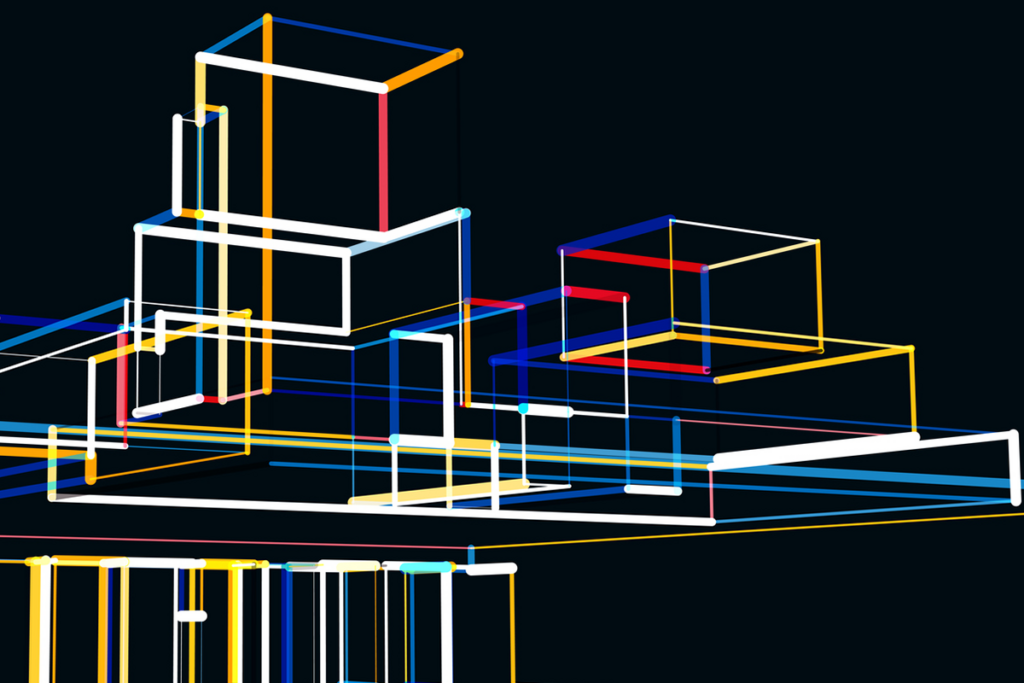Nobel Prize winner acknowledges errors in three more papers
The papers, published in the Journal of Neuroscience and Cell, were led by neuroscientist Thomas Südhof.
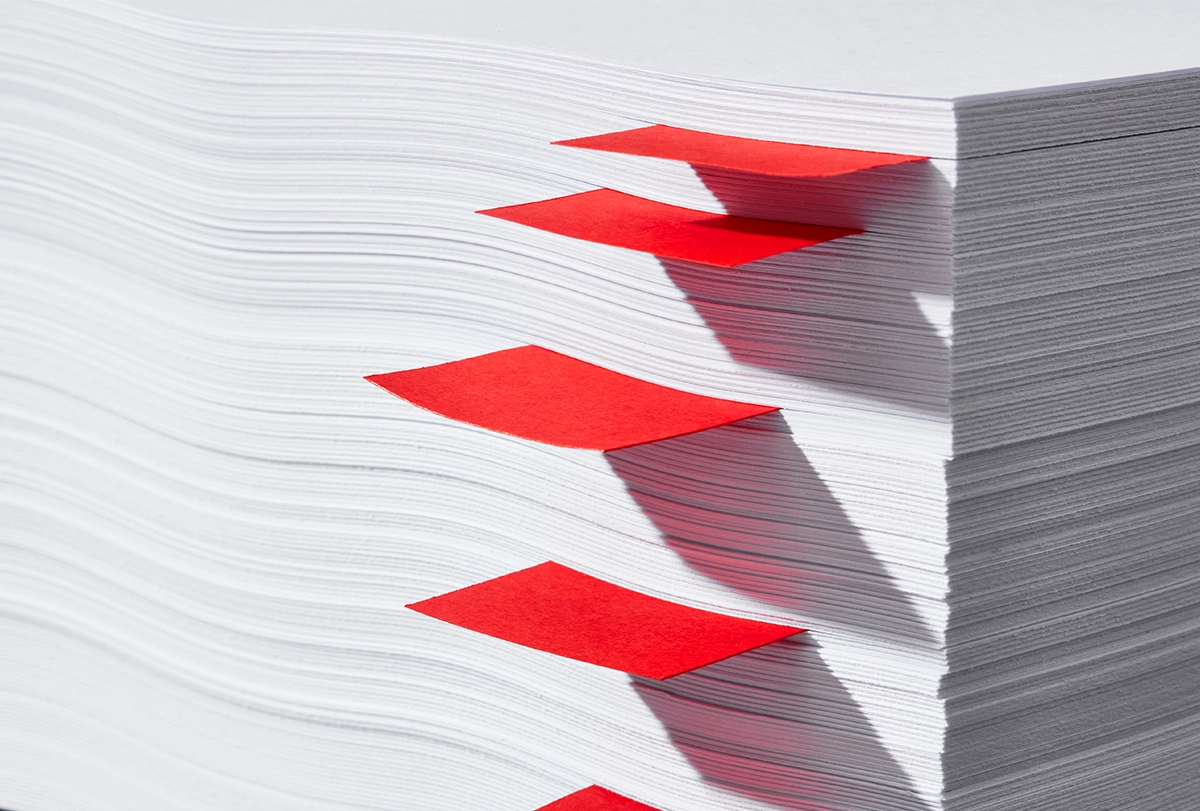
Three additional papers led by Nobelist Thomas Südhof have image duplication errors, according to comments that he or his co-authors have made since March on the post-publication review site PubPeer.
Südhof has retracted one paper and corrected five others in the past year.
Two of the new papers with errors were published in the Journal of Neuroscience—one in 2012 and the other in 2018—and the third paper appeared in Cell in 2021. The papers have been cited 208, 61 and 49 times, respectively, according to Google Scholar. Elisabeth Bik, image sleuth and microbiologist, raised questions on PubPeer in March about possible image duplication issues in the figures of the three papers.
Südhof, professor of molecular and cellular physiology and neurosurgery at Stanford University and recipient of 2013 Nobel Prize in Physiology or Medicine, wrote in an email to The Transmitter that he had contacted the journals about the errors, and that the mistakes do not change the results of the papers. “For the young people in my lab, especially the female scientists, this has been devastating as you can see from their responses,” he wrote, saying the identified mistakes “are completely irrelevant to the science but they feel personally attacked and some are simply quitting.” In response to a follow-up email requesting evidence of this claim, he wrote, “Regrettably I cannot do that for privacy reasons.”
The 2012 paper examined the physiological functions of the synaptic protein alpha-synuclein and the pathological effects of mutations in it. The study’s first author, Jacqueline Burré, a former postdoctoral researcher in Südhof’s lab who is now associate professor of neuroscience at Weill Cornell Medicine, wrote on PubPeer this month that two of the figures Bik flagged contain duplicate images. In both instances, she continued, the authors had accidentally copied and then pasted twice, and the mistakes do not affect the findings of the study. Burré did not respond to a request for comment.
The 2018 paper also has copy-and-paste issues, according to a PubPeer post by study author Erica Seigneur, a former doctoral student in Südhof’s lab and current postdoc in a different lab at Stanford. Seigneur wrote that she made the errors when assembling parts of two figures in her study, which looked at the function of cerebellin molecules in the brain. These errors do not affect the conclusions of the study, Seigneur wrote in an email to The Transmitter.
Südhof’s team had already corrected the 2021 paper on RTN-4 binding proteins in January 2022 because of a missing citation. In March, Bik posted on PubPeer about a potential duplicate image in two of the paper’s figures; the paper’s lead author and Südhof Lab postdoctoral researcher Jie Wang later wrote on the site that this was an error that had occurred during figure assembly. Wang did not respond to a request for comment.
A spokesperson for Cell Press told The Transmitter via email that Cell “does not comment on individual cases.” A spokesperson for the Journal of Neuroscience wrote in an email to The Transmitter that the publication is aware of the PubPeer discussion and has no further comment.
In total, 23 papers co-authored by Südhof have threads on PubPeer. A page on his lab’s website acknowledges 17 mistakes in 11 papers that have been brought to his team’s attention through PubPeer comments. “Most errors that have been found look like sloppy mistakes, not intentional misconduct,” Bik wrote in an email to The Transmitter, adding that the 23 papers discussed on PubPeer represent “only a small percentage” of Südhof’s more than 600 publications.
In February, Südhof’s team corrected figures in a 2019 Neuron paper and a 2016 PLOS ONE paper after anonymous PubPeer commenters raised concerns of image duplication and other issues in the studies.
In March, Südhof retracted a 2023 study published in the Proceedings of the National Academy of Sciences after he and his colleagues reanalyzed the data following inconsistencies raised by PubPeer commenters, as The Transmitter reported last month.
The communications office at Stanford Medicine did not provide a response to a request for comment by the time of publication.
Editor's note
Recommended reading
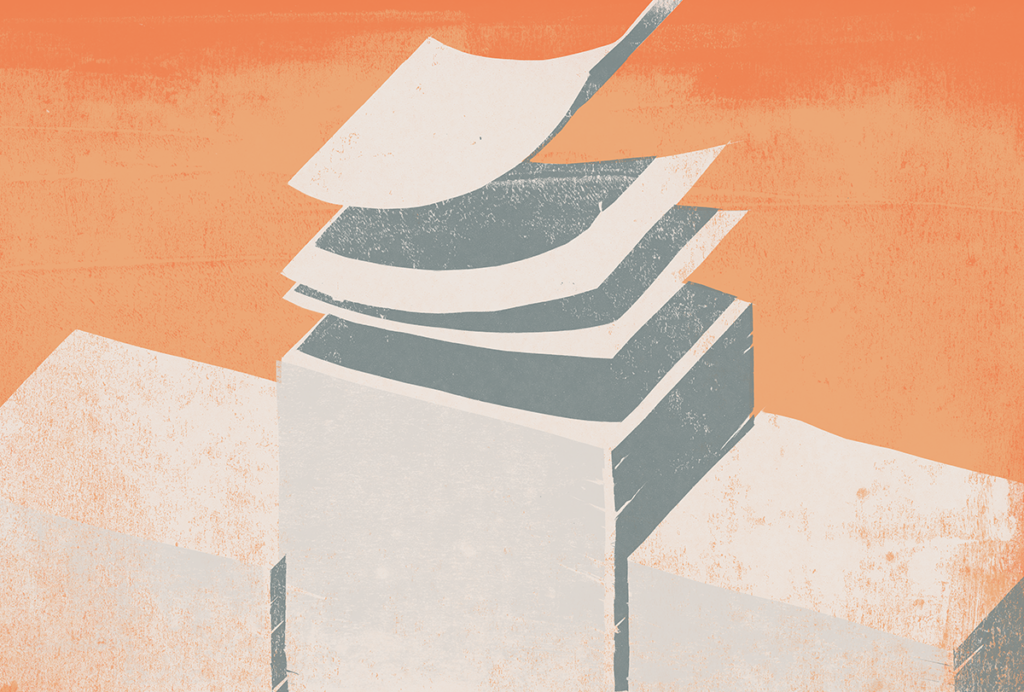
What are the most-cited neuroscience papers from the past 30 years?
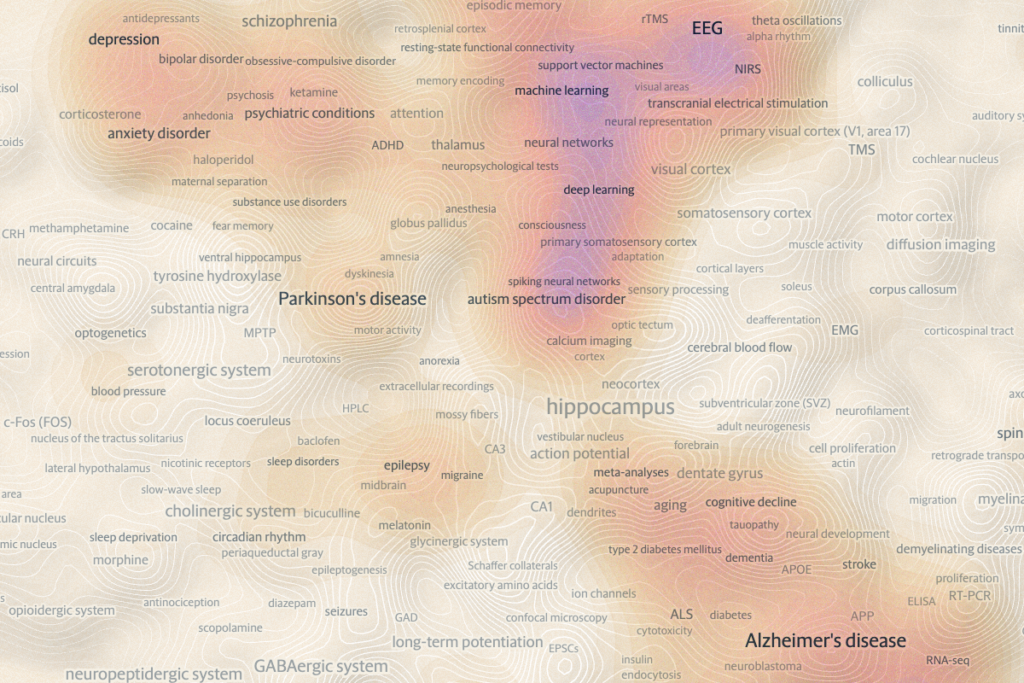
Putting 50 years of neuroscience on the map
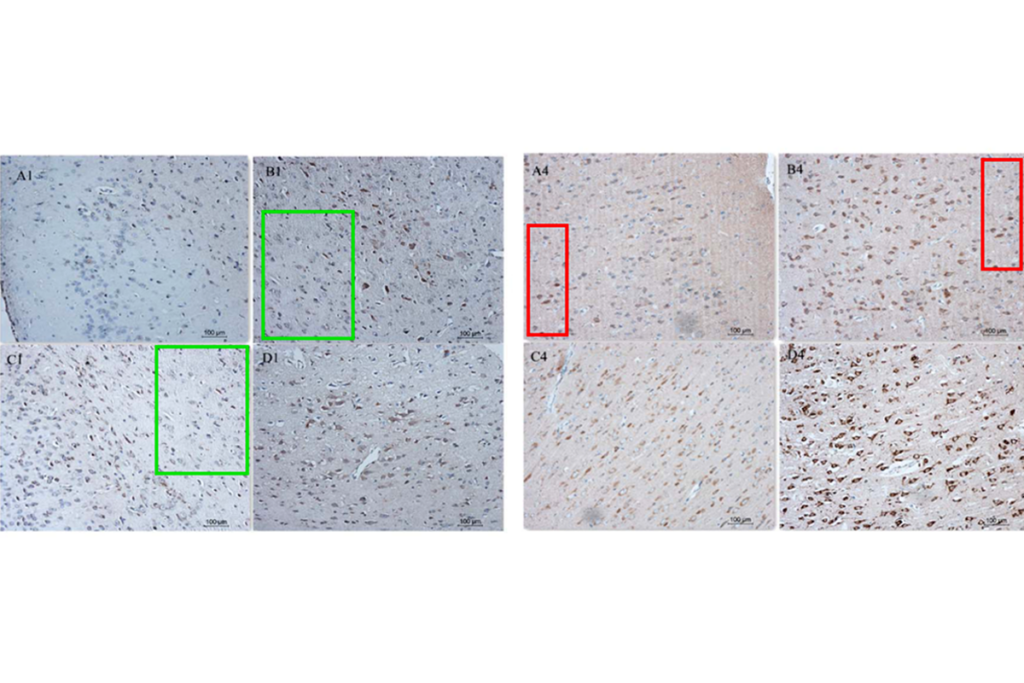
Image integrity issues create new headache for subarachnoid hemorrhage research
Explore more from The Transmitter
